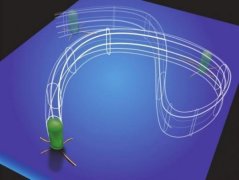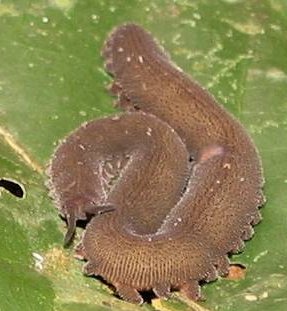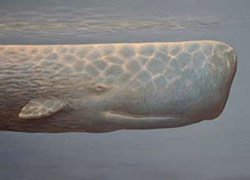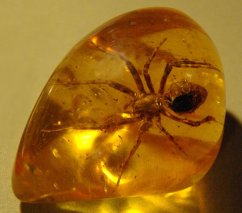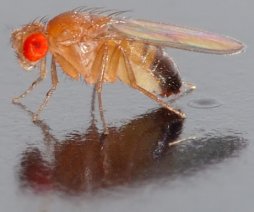As I have stated before, naturalistic evolutionists are forced to have a very simplistic view of life. Since they cannot accept that life was designed by an incredibly intelligent designer, they are forced to look at life through a ridiculously simplistic lens. This produces all sorts of problems for them. One of the more recent ones involves the amount of DNA that is “conserved” in class Mammalia.
For those who don’t know the term, “conserved DNA” is DNA that is similar across many different species. In the simplistic evolutionary view, DNA that is very important will be very similar in many different organisms, because important DNA cannot change very much. As Tina Hesman Saey writes in Science News1
About 7 percent of the human genome is similar to the DNA of other mammals, said Arend Sidow of Stanford University. Because it is similar, or “conserved,” geneticists assume this DNA is the most integral.
As Saey’s article indicates, this leaves Sidow to conclude that, “very little of the human genome is really necessary.” According to evolution, if only 7% of the human genome is conserved across all of class Mammalia, this indicates that most mammalian DNA was mutating freely, with very little constraint, during the long period of mammalian evolution. This, in turn, indicates that most mammalian DNA does little to affect the survivability of the mammal in question, and thus most mammalian DNA is not necessary. Indeed, the title of the article is, “Genome may be full of junk after all.”
Like most evolution-inspired ideas, however, this flies in the face of what science tells us about DNA.
Continue reading ““Conserved DNA” and “Useful DNA” – An Evolutionary Predicament”


